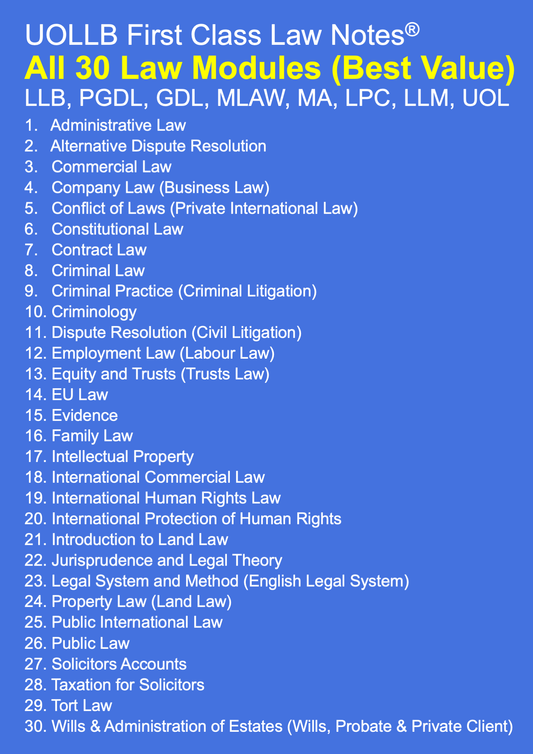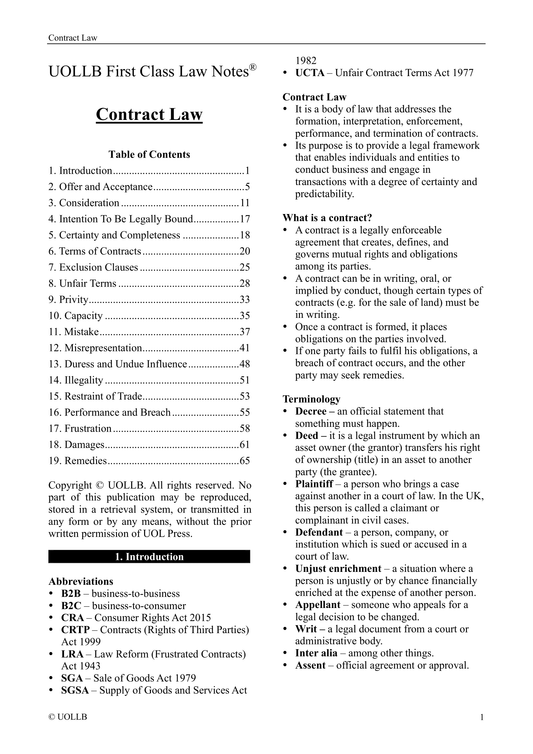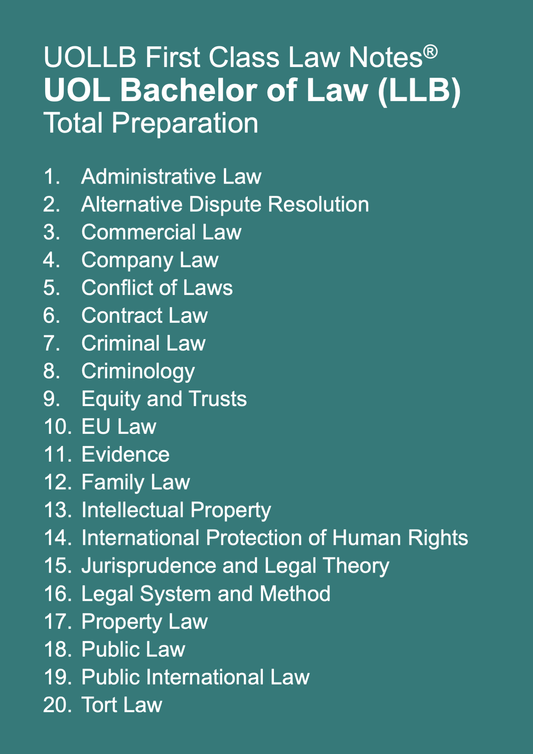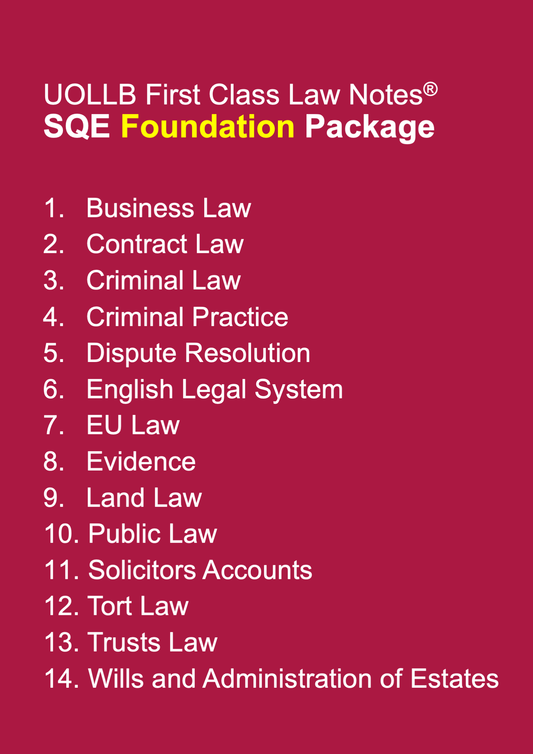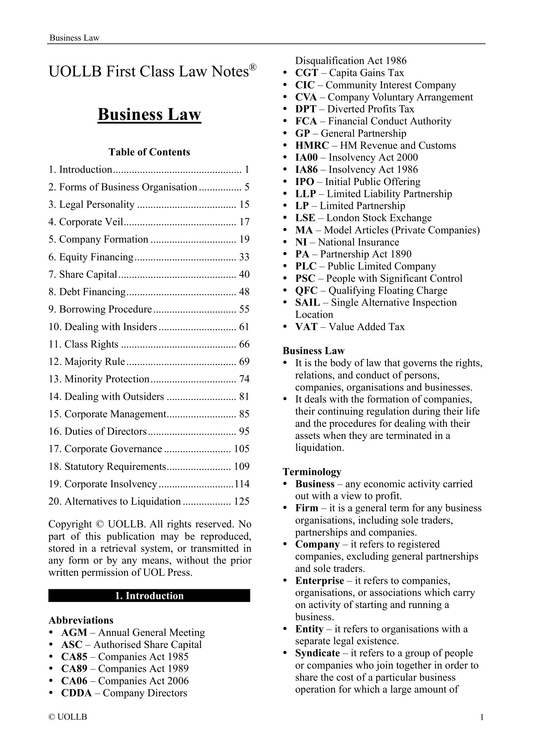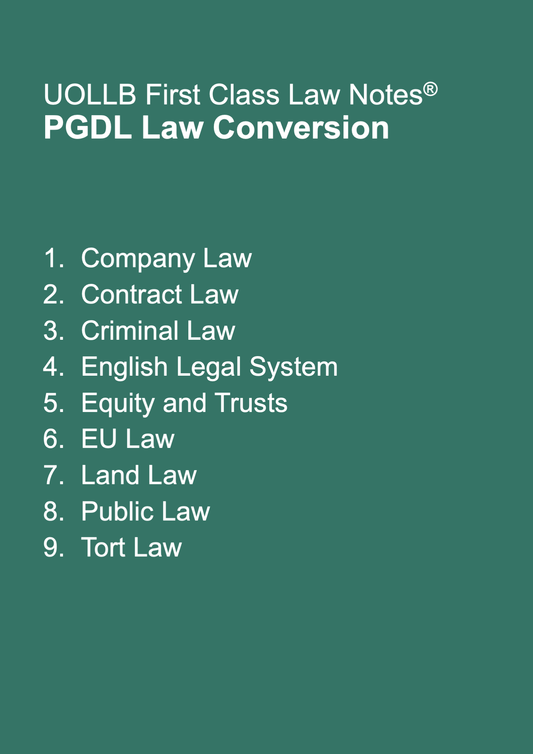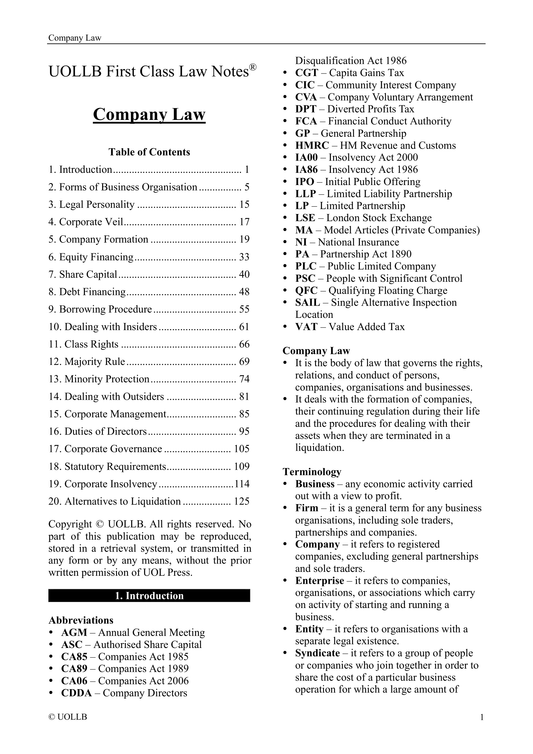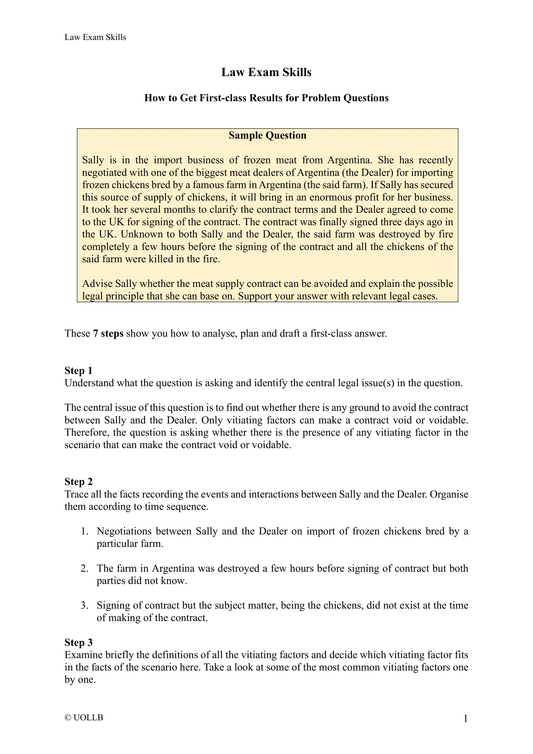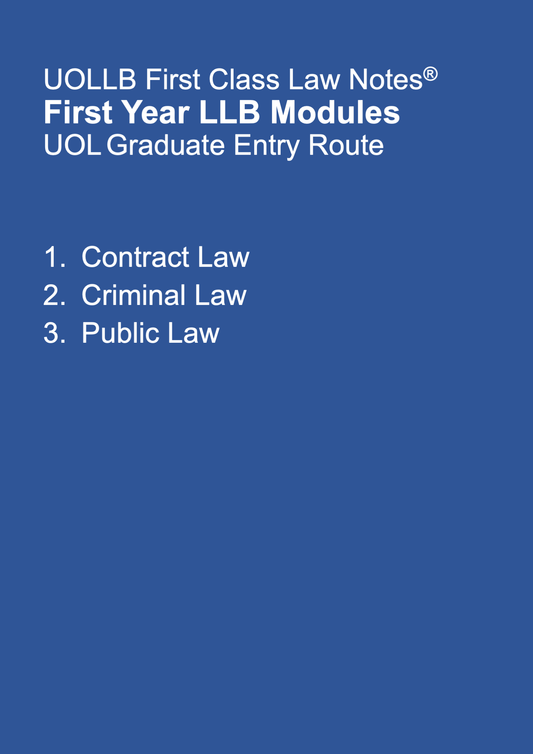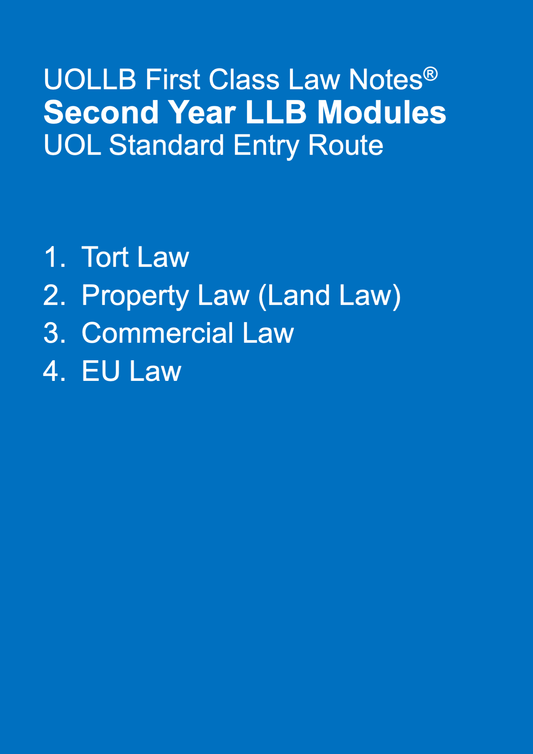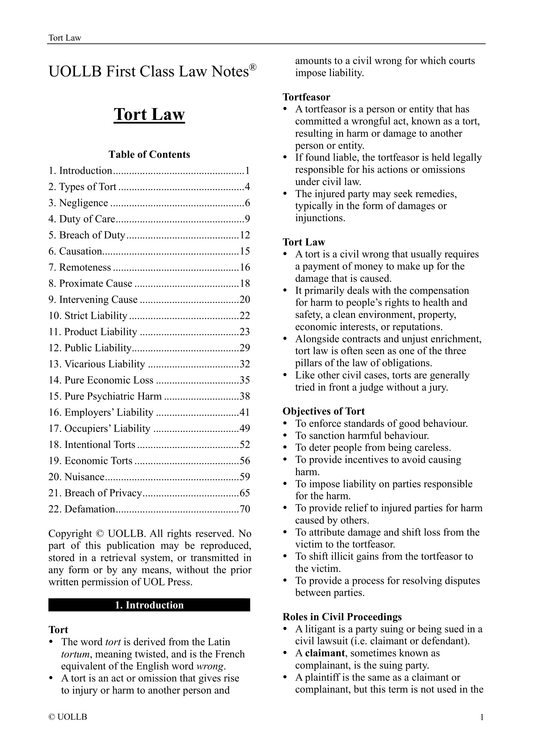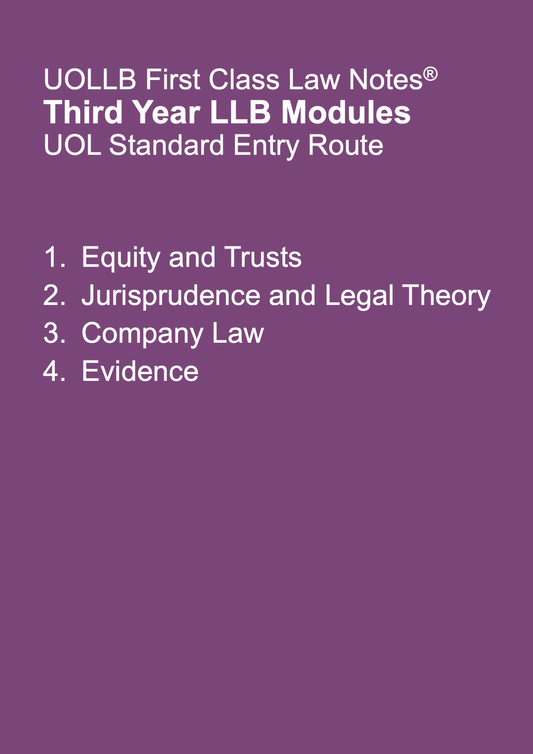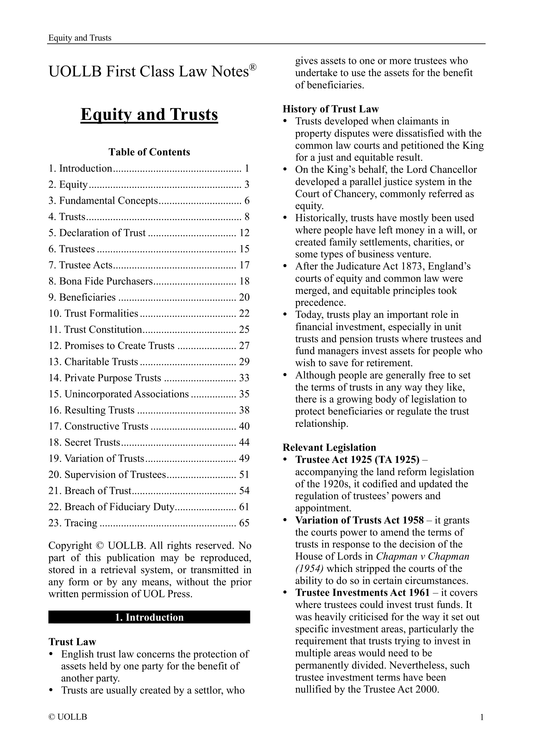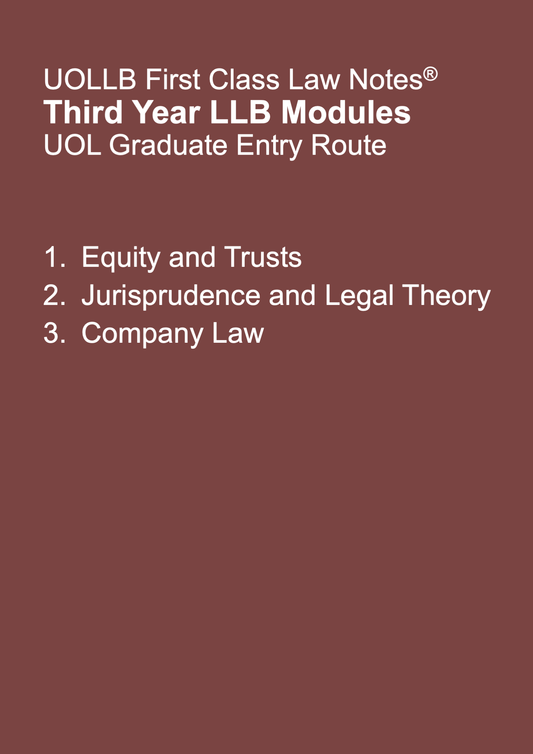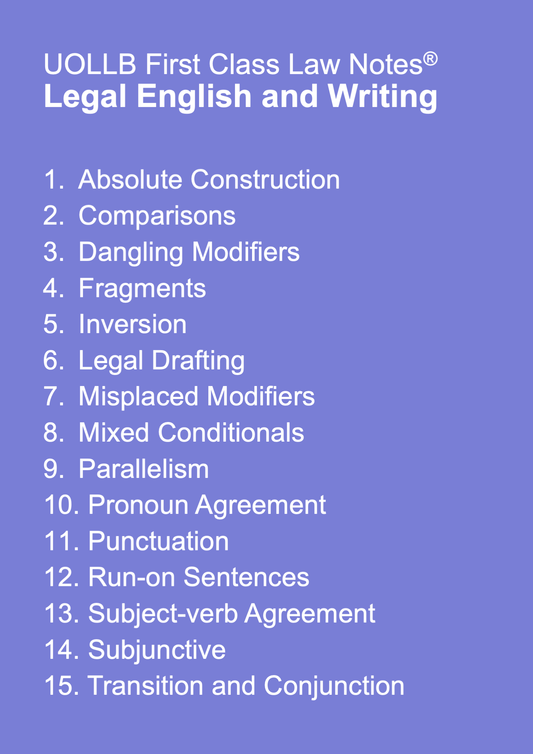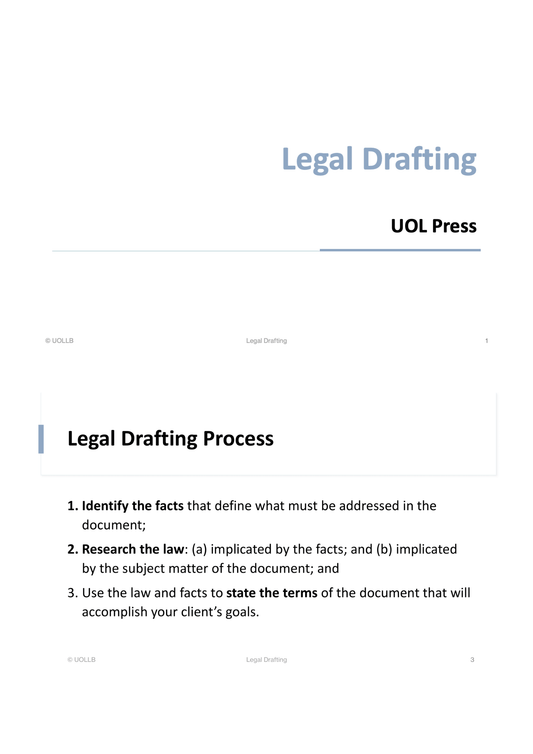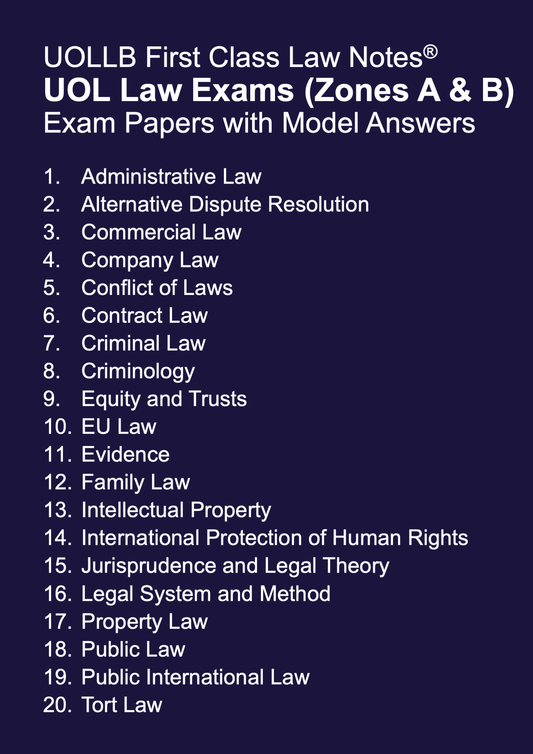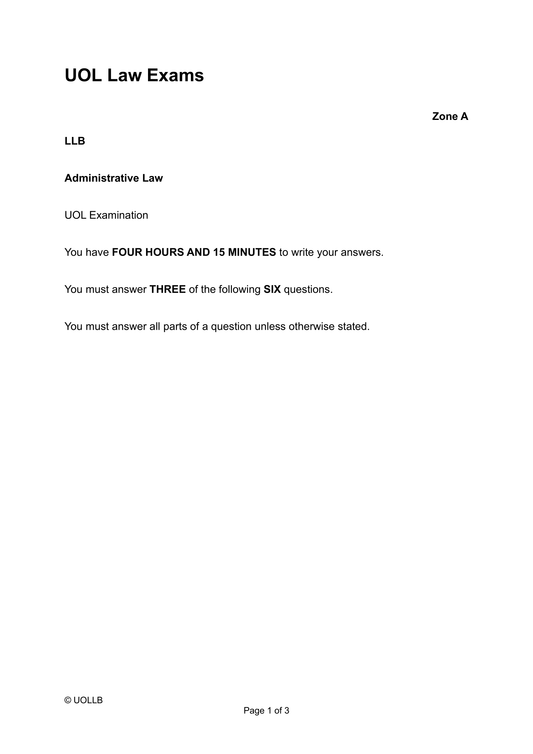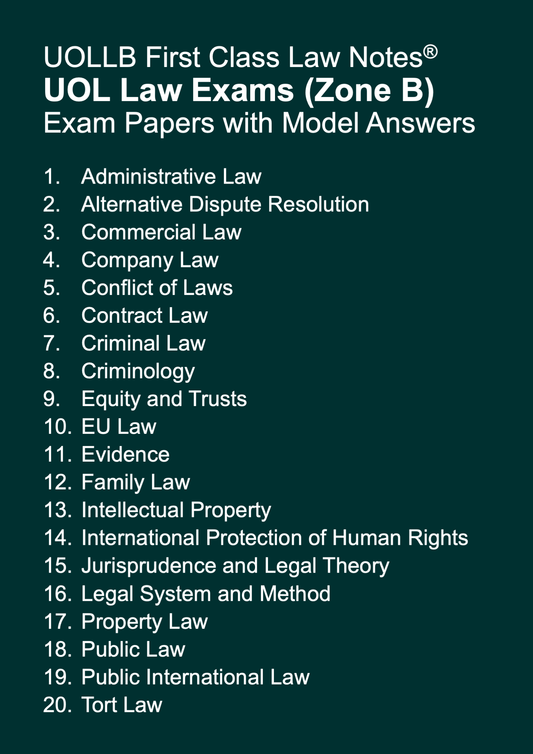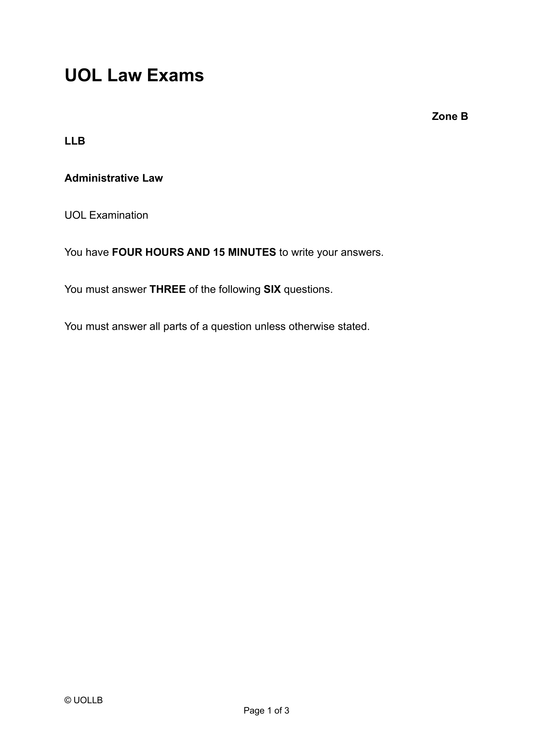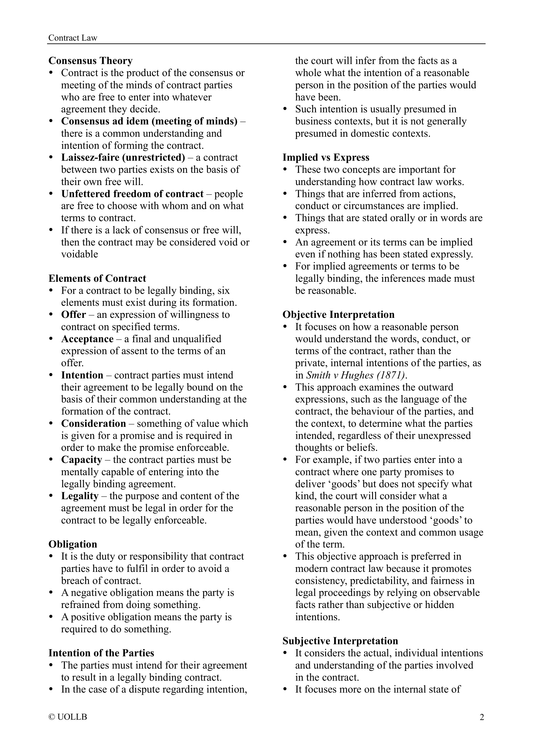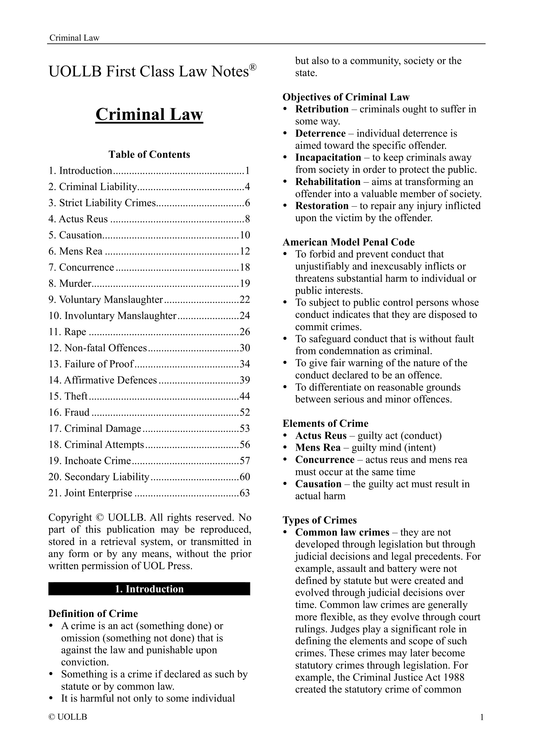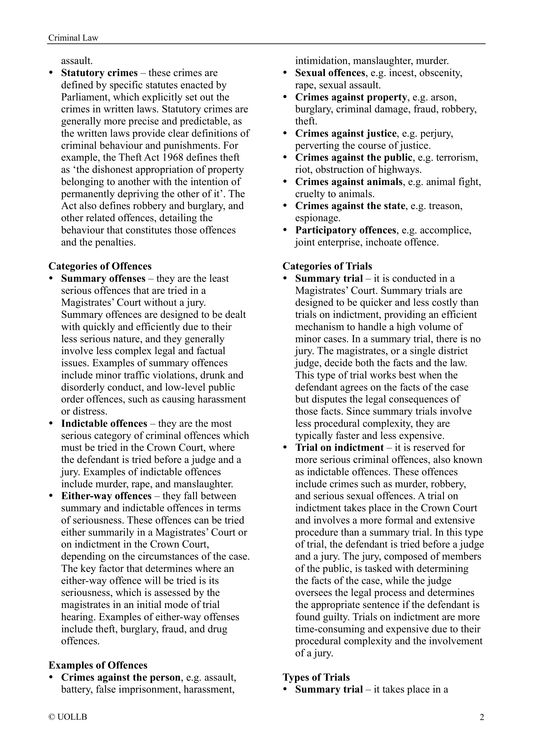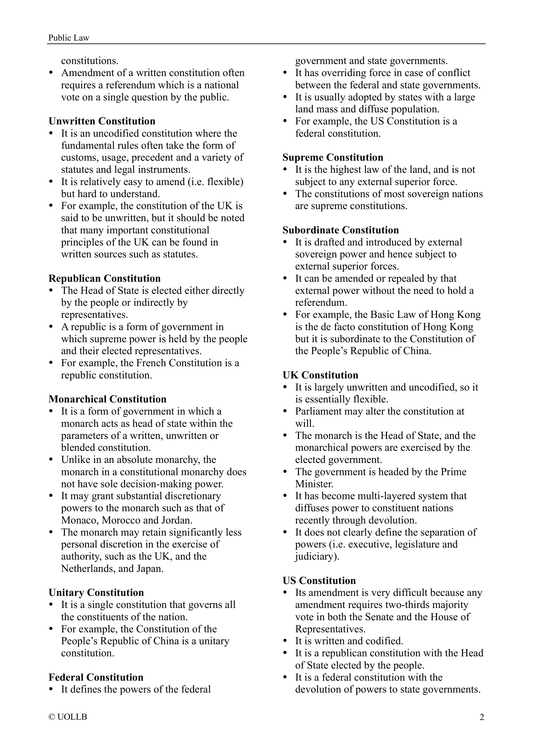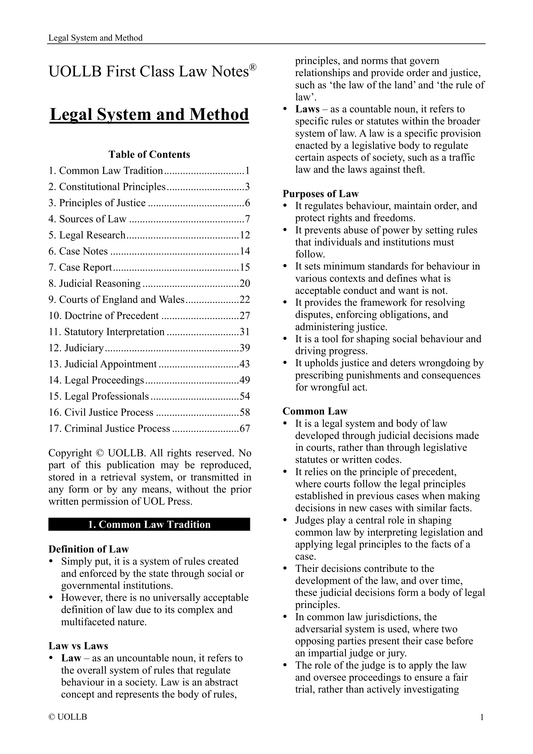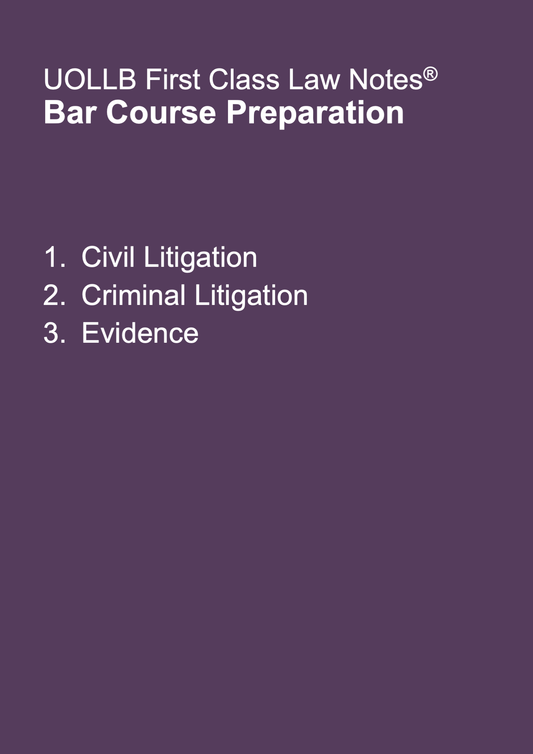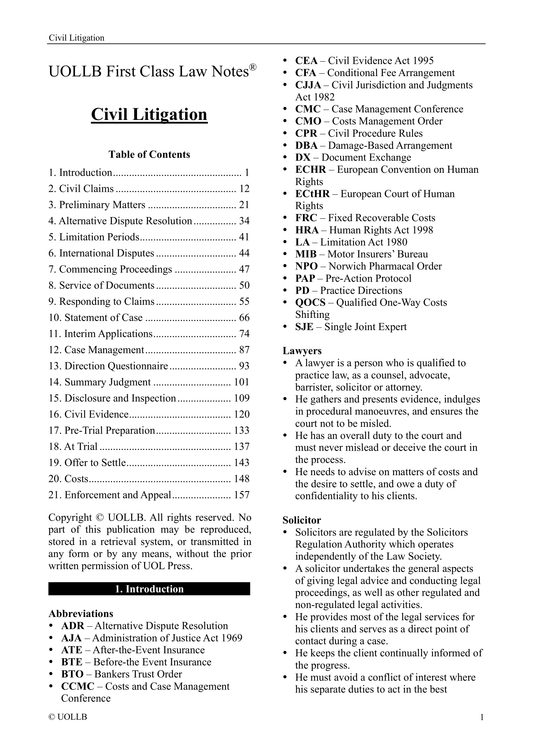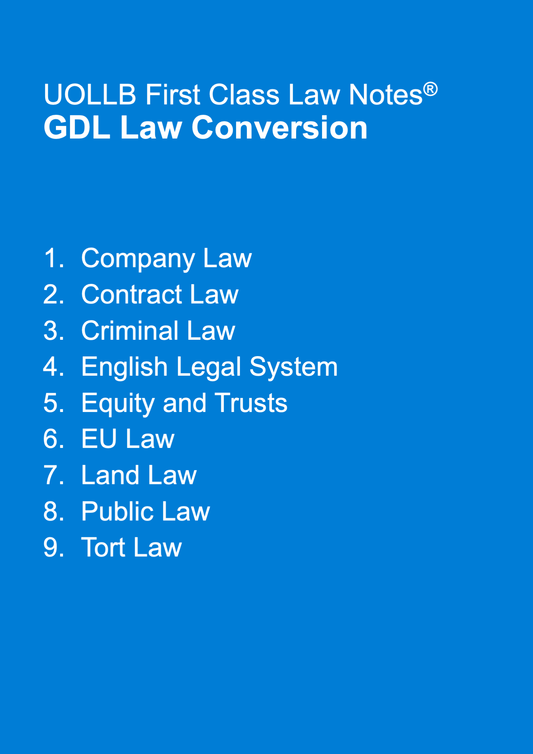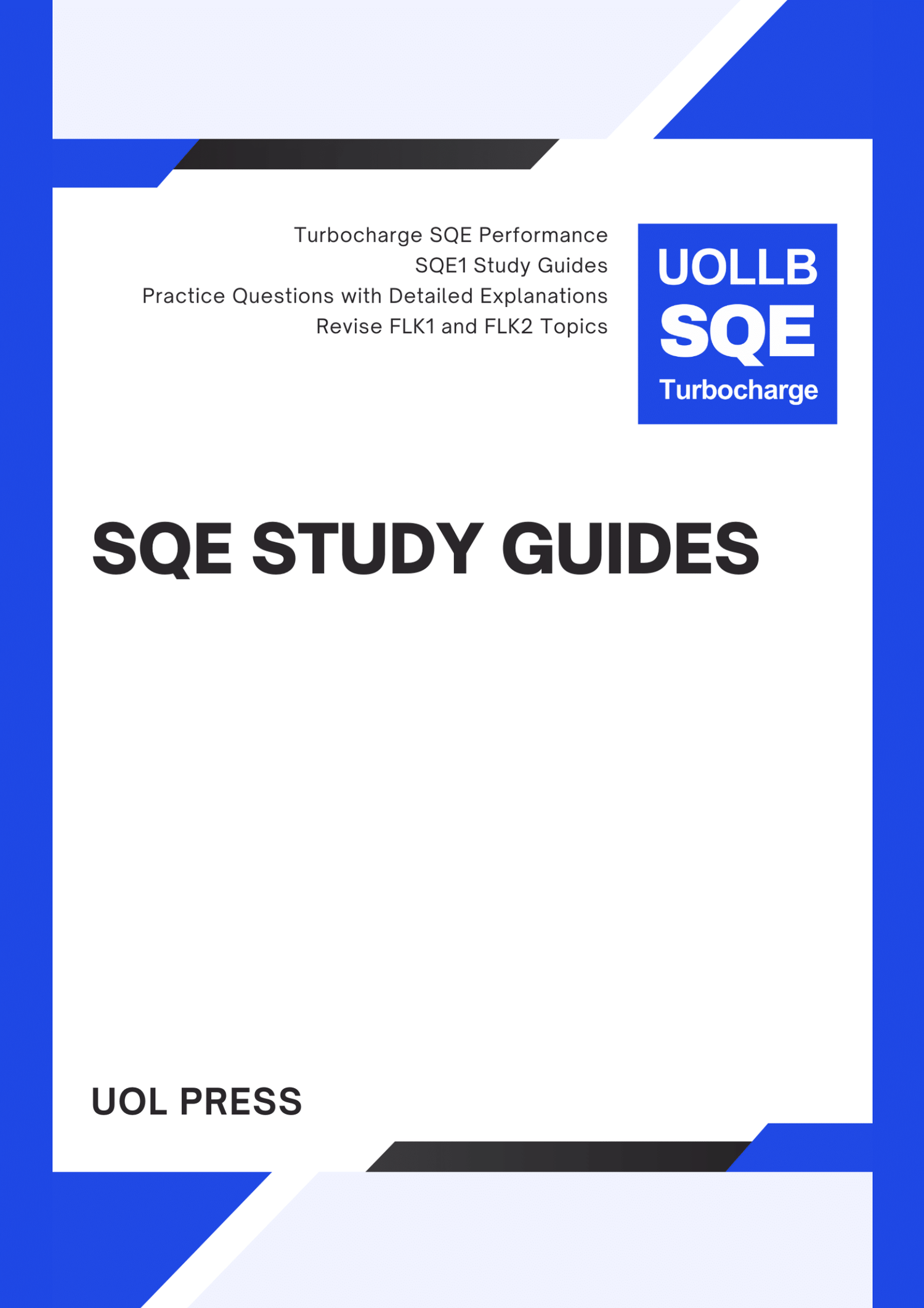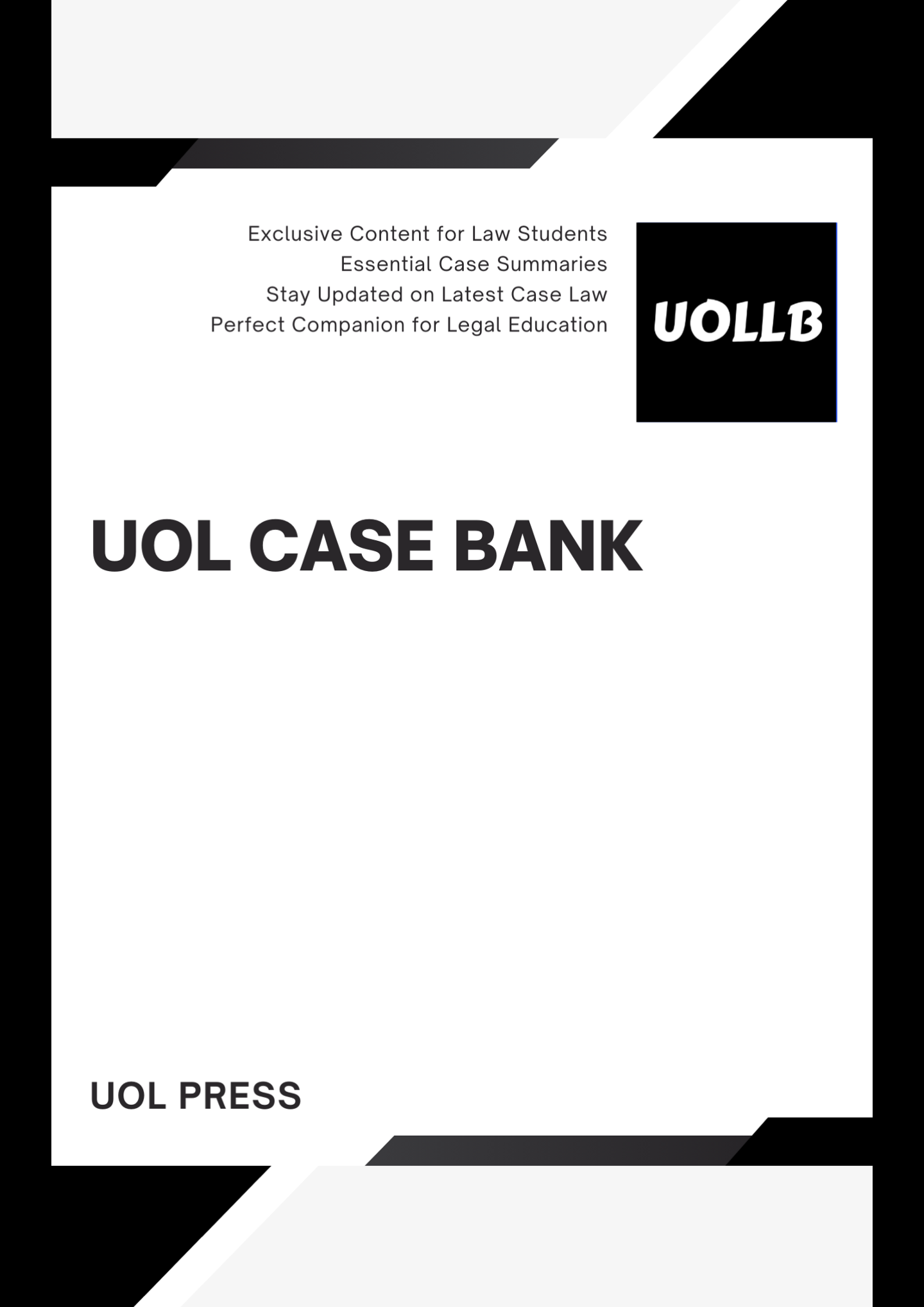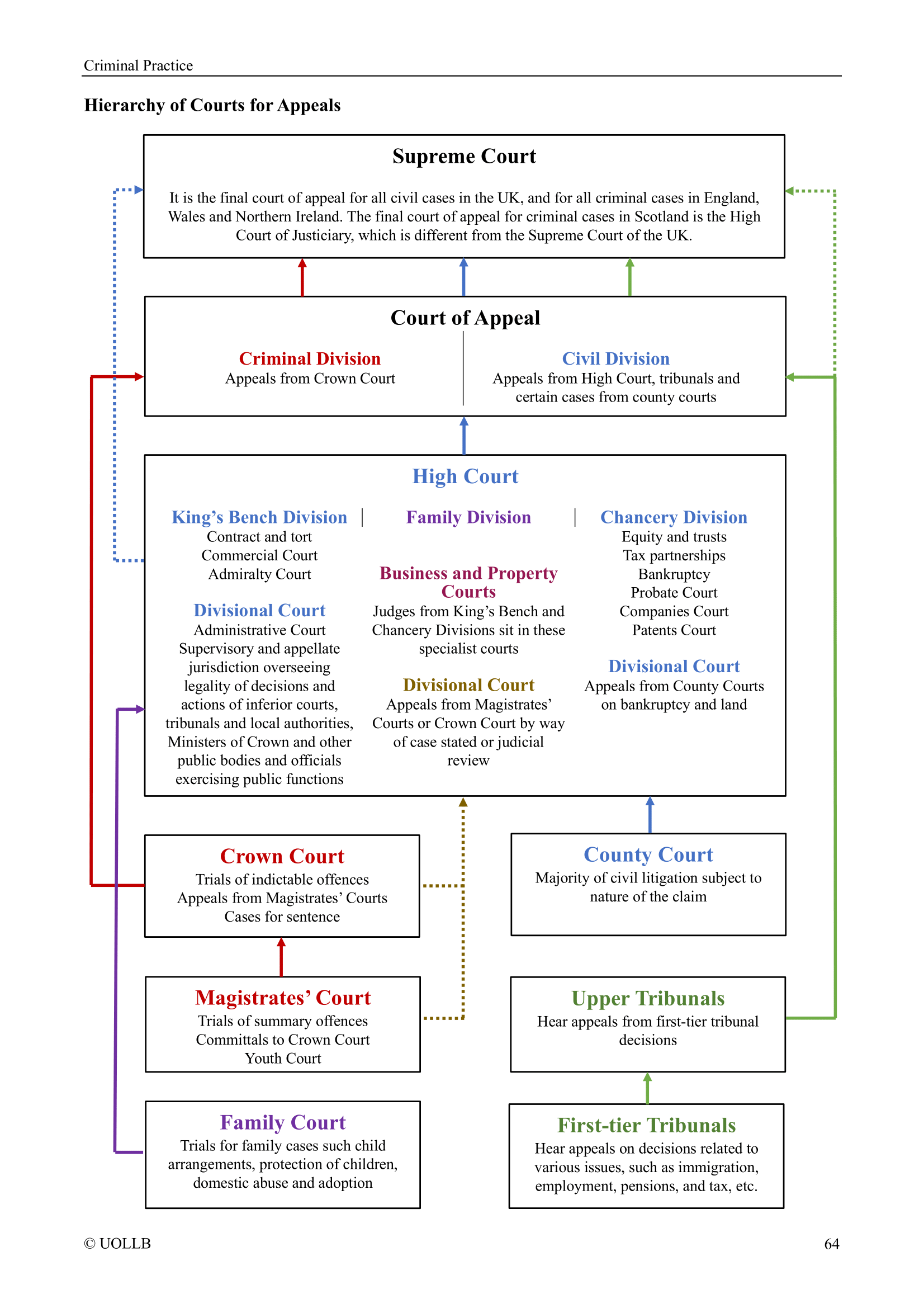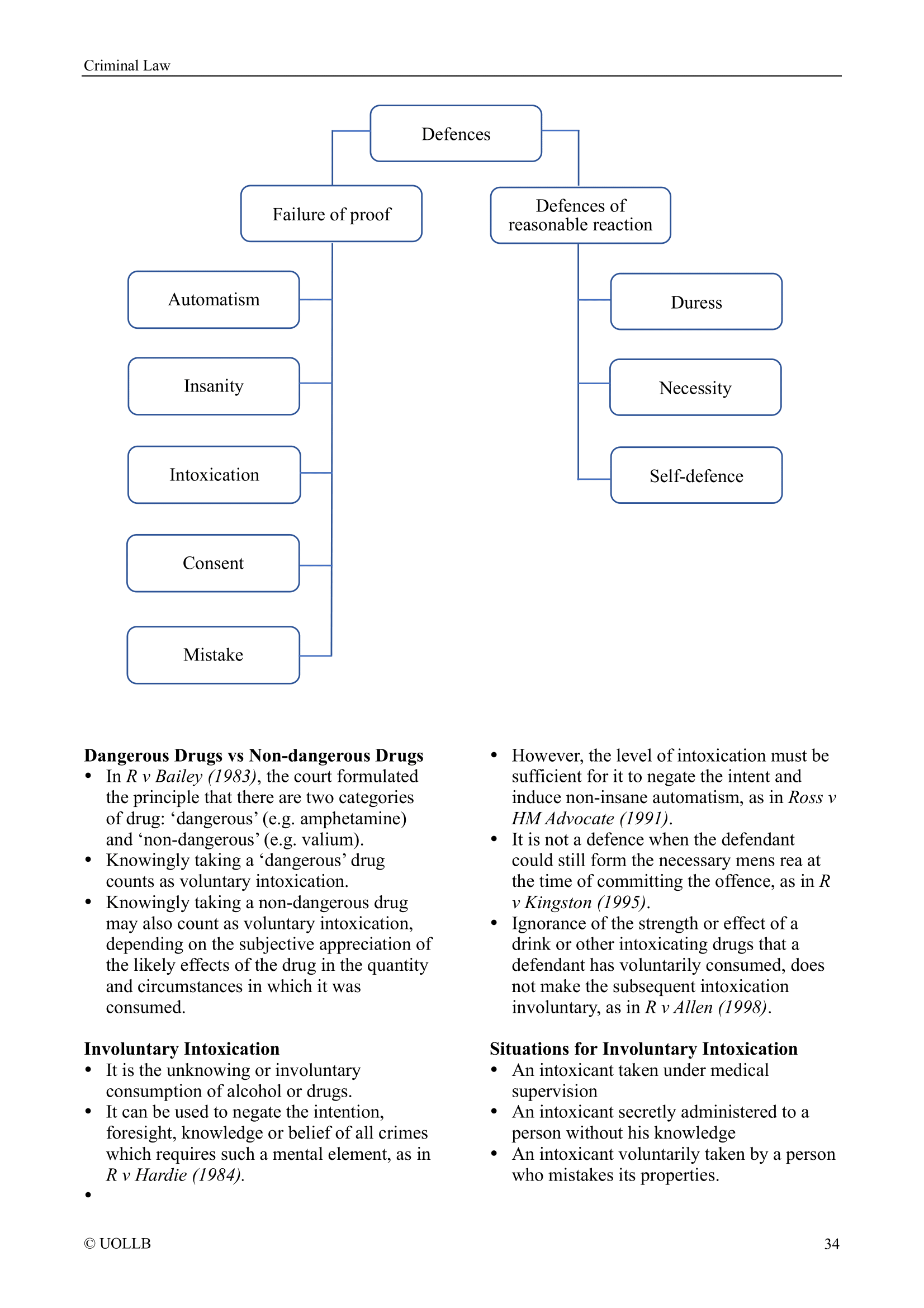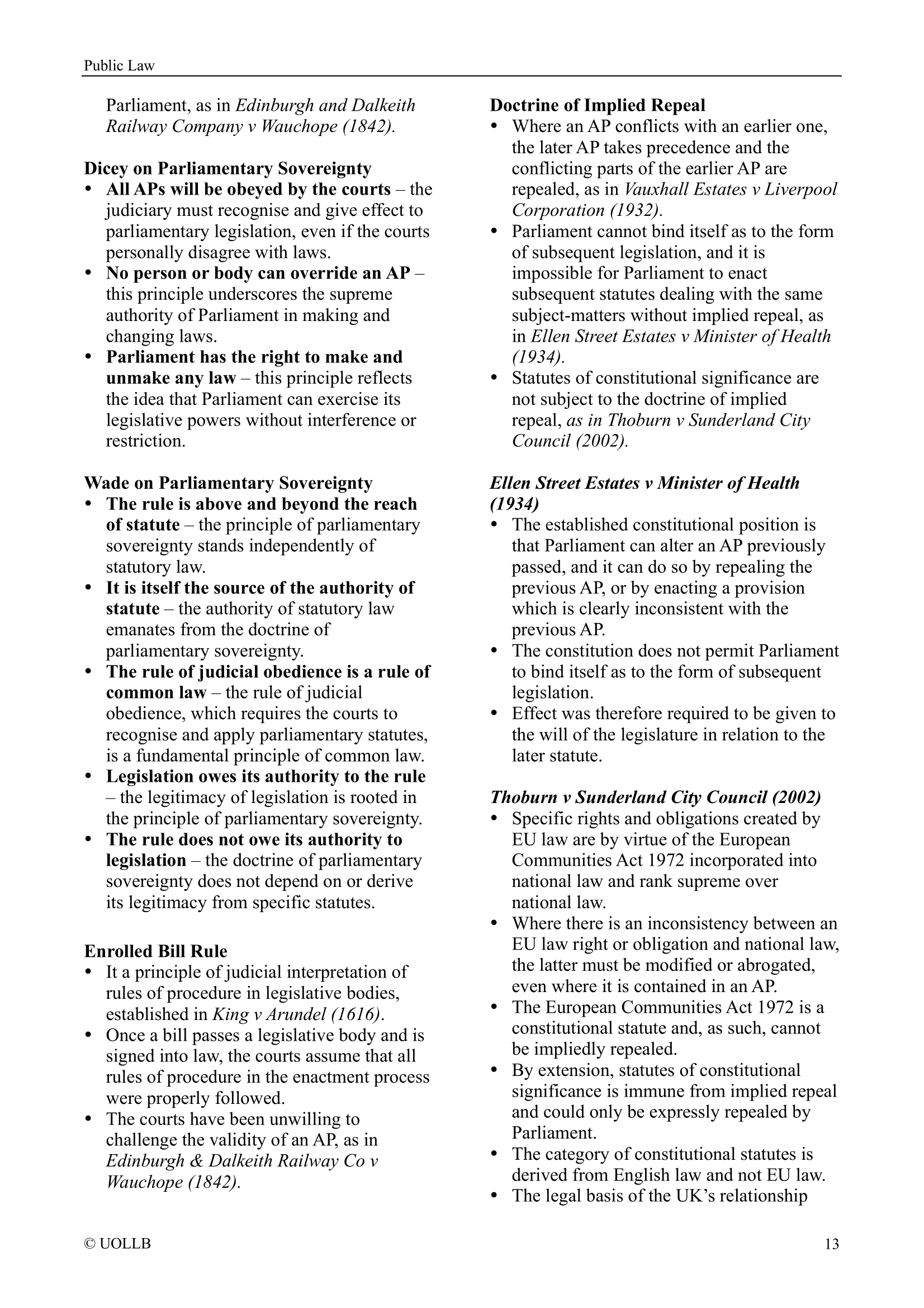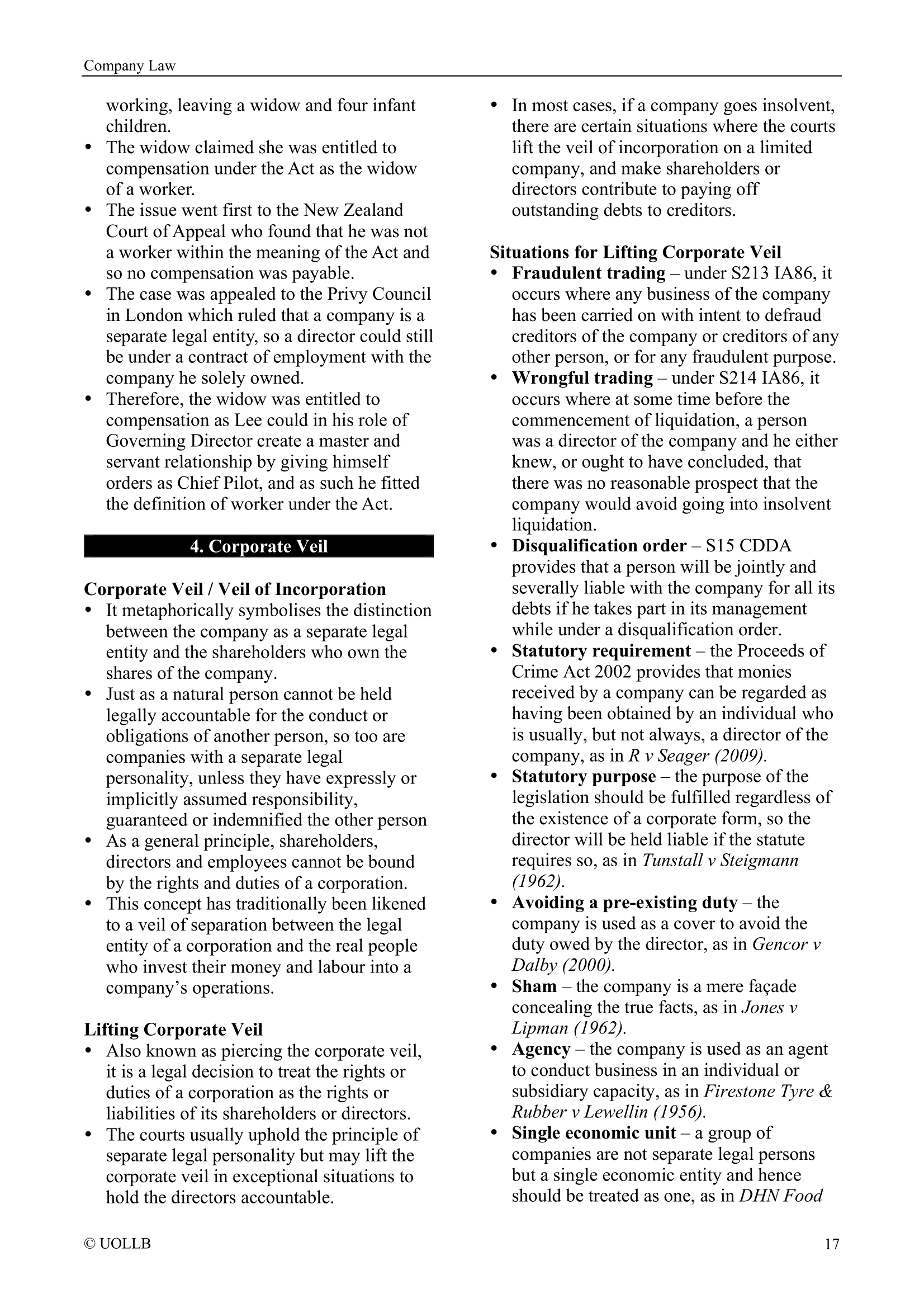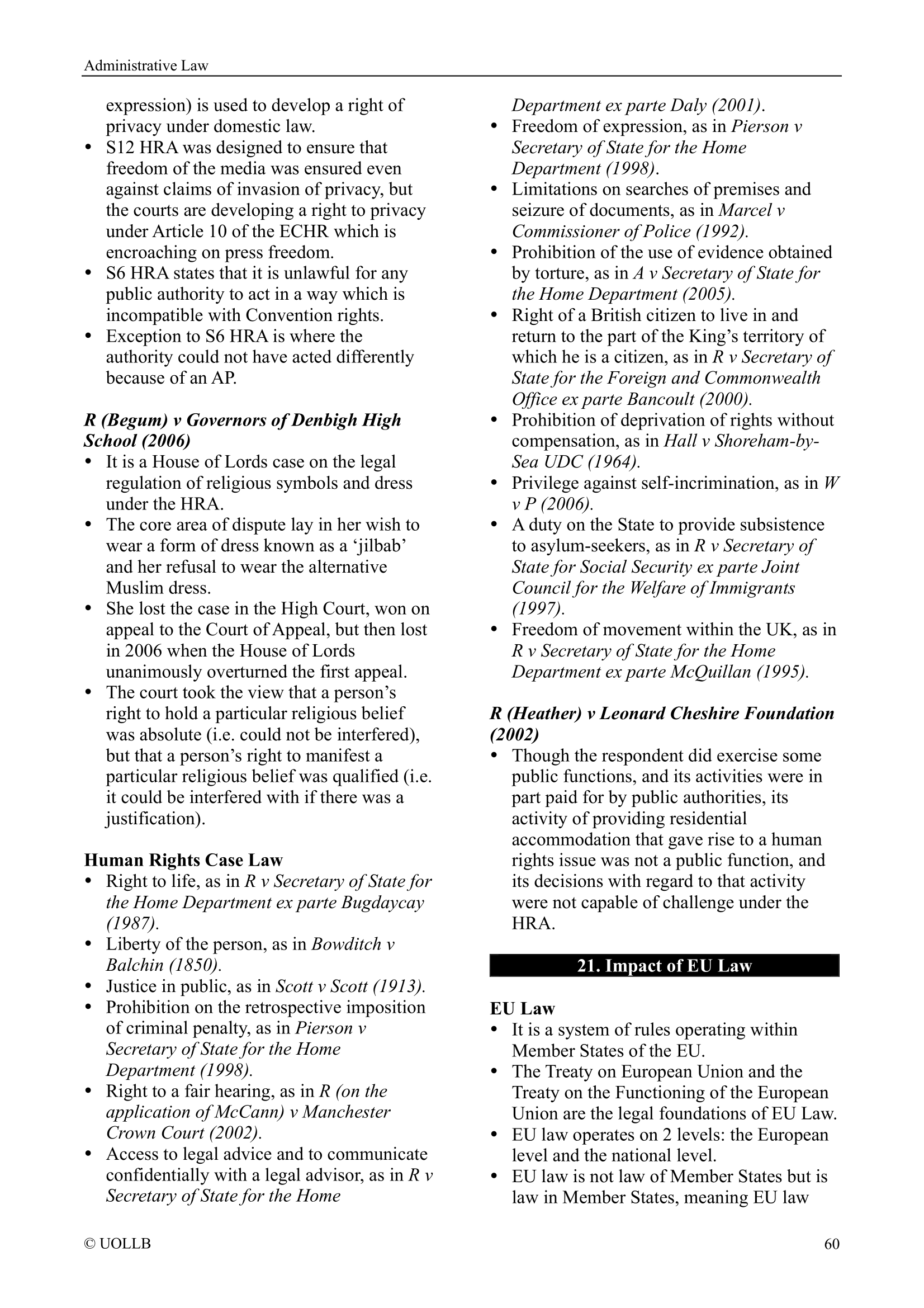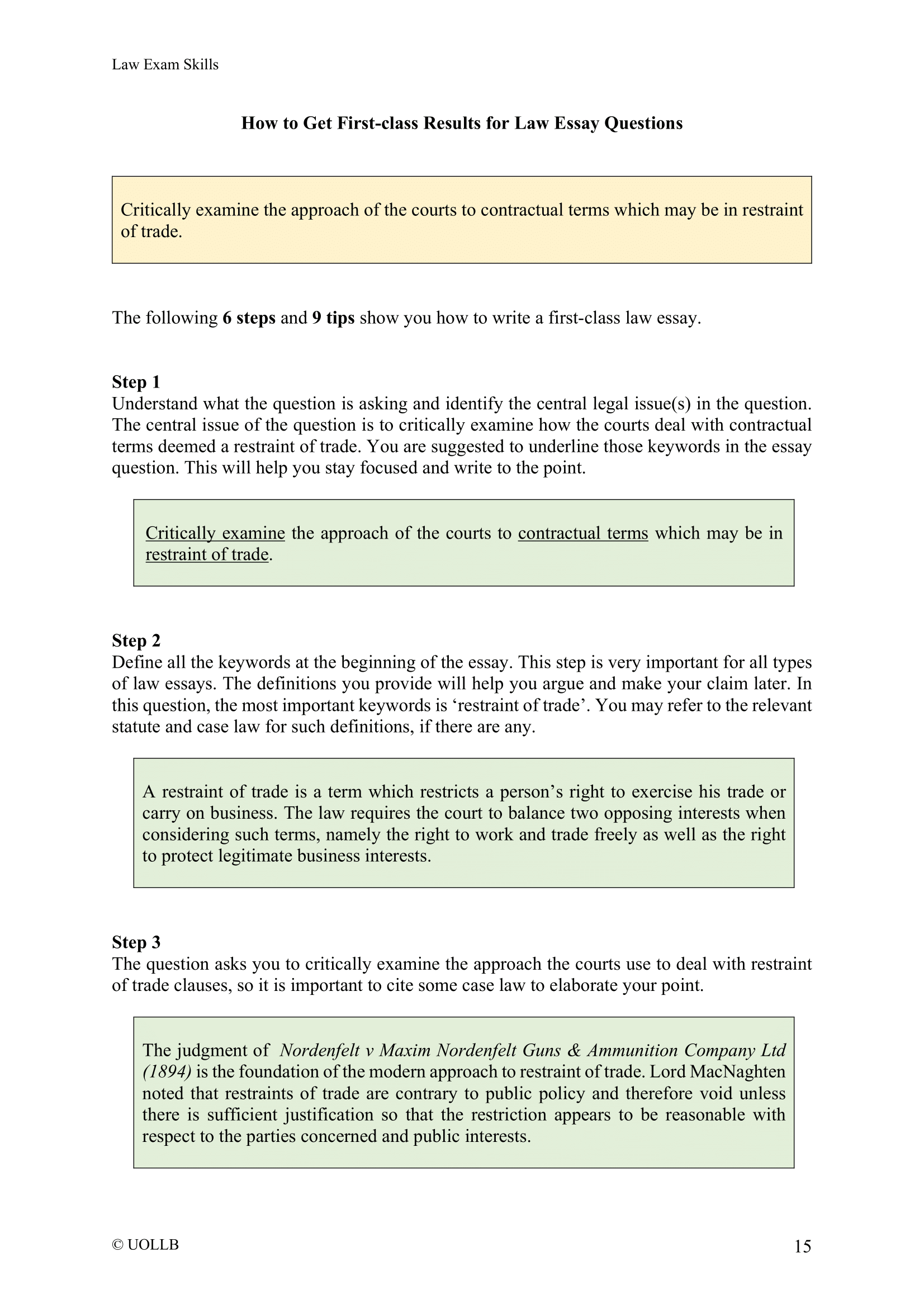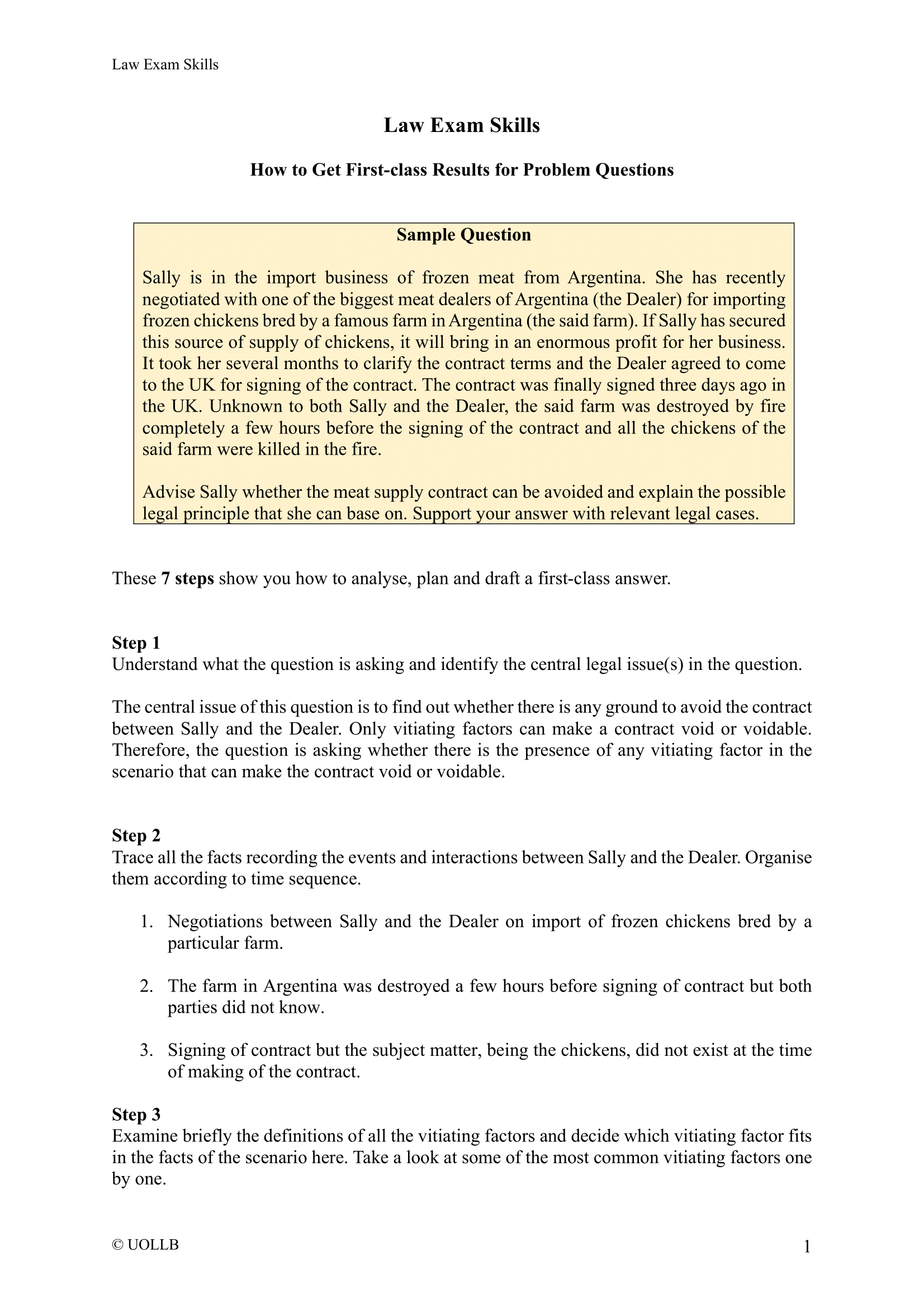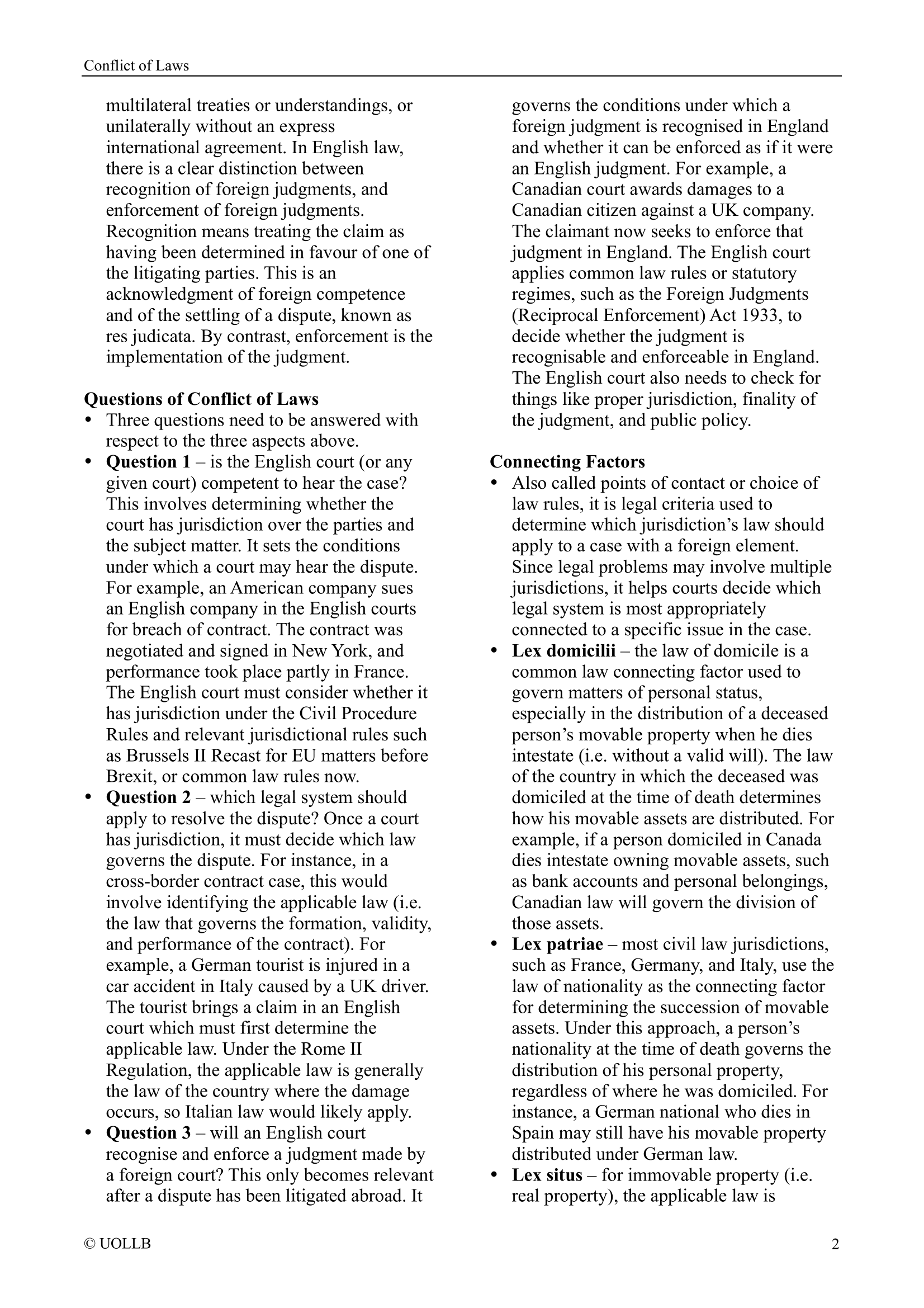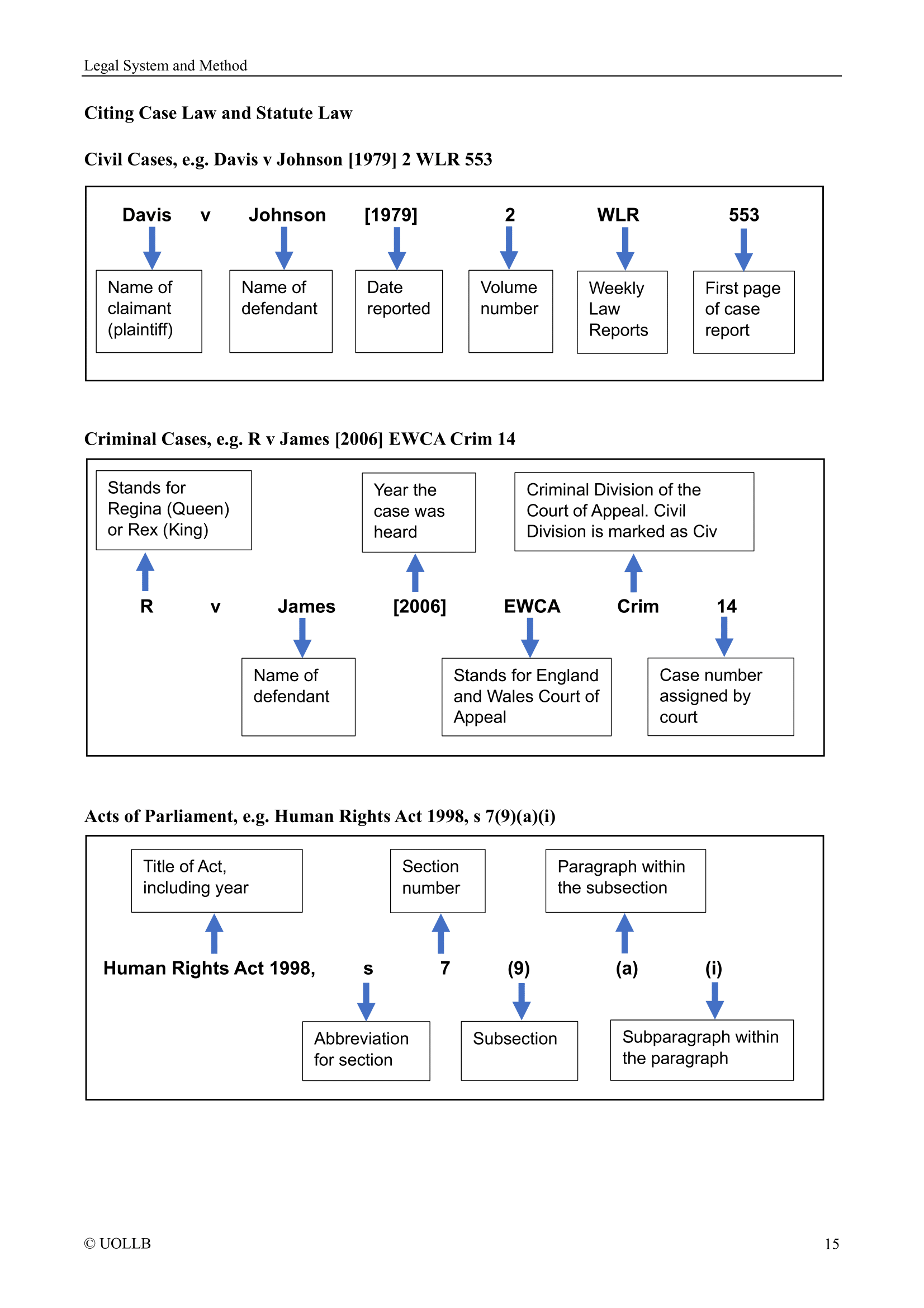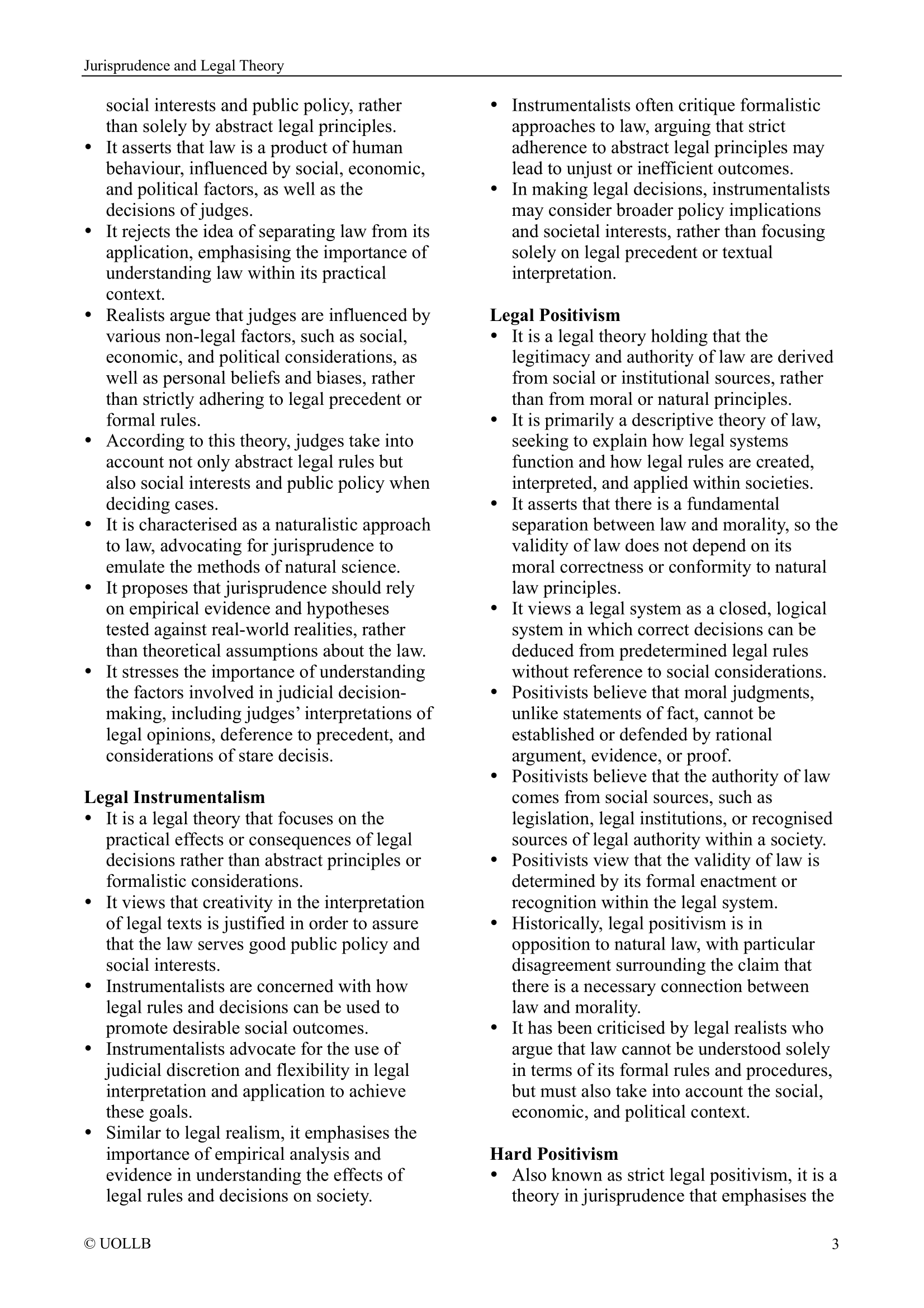Ratio Decidendi and Obiter Dicta in Judicial Reasoning
Share
The distinction between ratio decidendi and obiter dicta has long been a source of difficulty in the common law system. In theory, the ratio decidendi represents the binding principle of a case, being the legal rule upon which the decision is based, while obiter dicta are additional remarks made by judges which are persuasive but not binding. However, in practice, it is not always clear where the ratio ends and the obiter begins, and determining the precise ratio is often a matter of interpretation by later courts and commentators.
One key reason for this uncertainty is that judgments are rarely structured in a way that neatly separates binding reasoning from judicial commentary. Judges may provide extensive discussion of hypothetical scenarios, policy considerations, or alternative lines of reasoning, making it difficult to identify the essential basis of the decision. For example, in Donoghue v Stevenson [1932] AC 562, Lord Atkin’s famous neighbour principle has been widely treated as the ratio, but at the time it was not entirely clear whether it was intended as a broad legal principle or an illustrative dictum. Subsequent courts effectively treated it as ratio by building the modern law of negligence upon it, but this illustrates how the identification of ratio is often retrospective and interpretative.
Another example can be found in R v Howe [1987] AC 417, where the House of Lords held that duress is not a defence to murder. The comments extending the same principle to attempted murder were strictly obiter, because the case did not involve that offence. Yet later, in R v Gotts [1992] 2 AC 412, the House of Lords treated those obiter remarks as highly persuasive and adopted them as law. This demonstrates how judicial dicta can blur into ratio through the interpretative choices of later courts. What begins as obiter may evolve into a binding principle if it is endorsed and applied in subsequent cases.
Similarly, in Central London Property Trust Ltd v High Trees House Ltd [1947] KB 130, Denning J’s statement that promissory estoppel could be applied to suspend rights was arguably obiter because it was not necessary for resolving the dispute as it arose. However, later courts treated his remarks as laying down an authoritative legal principle, effectively transforming the supposed dicta into ratio through judicial acceptance. The line between ratio and dicta thus depends less on the internal logic of the original judgment and more on how later courts interpret and use the statements.
Therefore, the distinction between ratio decidendi and obiter dicta is inherently fluid. The identification of ratio is not a mechanical exercise but a matter of interpretation, guided by the perceived importance of a principle, the reasoning of the judgment, and the willingness of later courts to adopt or disregard particular statements. Case law shows that what may initially appear to be dicta can become treated as ratio, and vice versa, demonstrating that the boundary between the two is porous and often determined by judicial discretion rather than rigid classification.
